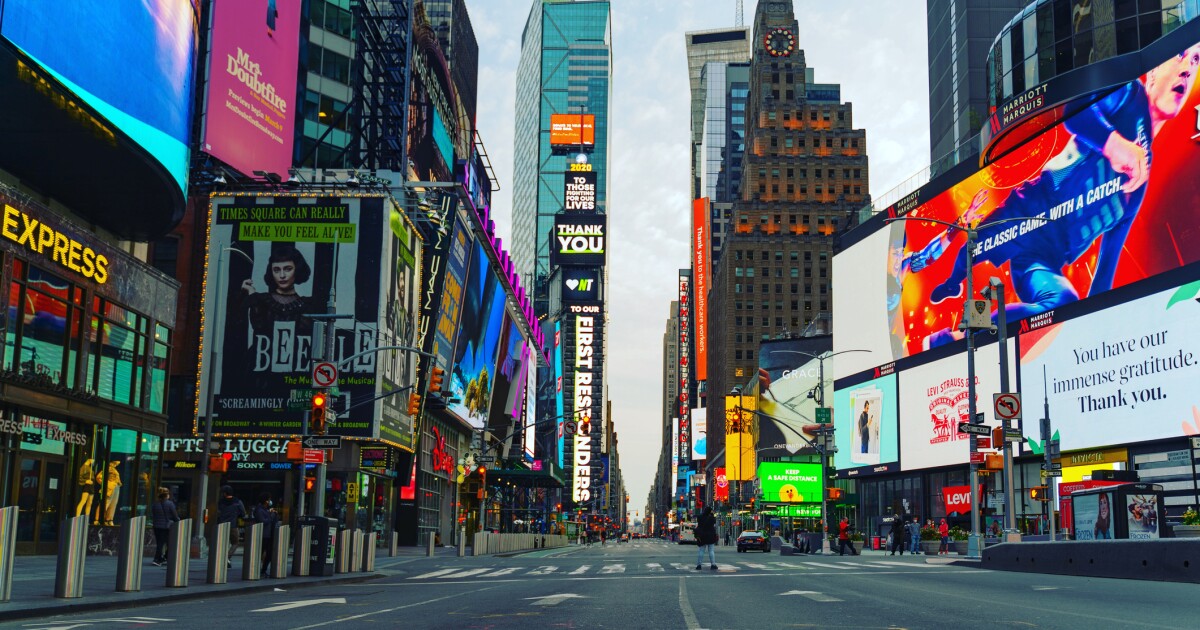

Many people are still fleeing big cities that started losing population during the coronavirus pandemic as lingering effects of the virus continue to scramble migration trends.
The massive movement of people from metropolitan areas to the suburbs and beyond during the lockdowns of 2020 has had far-reaching and well-documented effects.
INFLATION, POLITICAL UNREST, AND REMOTE WORK OPPORTUNITIES DRIVE PEOPLE ABROAD
Businesses shuttered, lawlessness in cities proliferated, and home values in suburbs around the country skyrocketed as people sought escape from cramped city apartments and more burdensome restrictions.
But even as life returns to normal in most of the country and many businesses open their office doors to employees who spent months putting in their hours over Zoom, data suggest many of the thousands of people who left cities since 2020 have not returned.
“Some of the fastest-growing cities before the pandemic grew at a much slower rate after it started,” the Census Bureau said in a report last month.
San Francisco, for example, saw the fastest population decline of all cities in 2021, according to census data.
But it was not even among the top 15 fastest-declining cities in terms of population in 2019, before the pandemic began.
New York City was similarly ravaged by population losses, jumping to the fifth fastest-declining city in terms of population last year.
In Manhattan, 6.9% of the population reportedly fled between spring 2020 and summer 2021.
Taken together, the metropolitan area of New York, Newark, and Jersey City lost more than 385,000 people in 2021.
New York City’s population loss in 2021 was almost six times the size of its population loss in 2019, according to census data.
The availability of remote work, the persistence of pandemic-related restrictions, and the rise of crime and inflation have all contributed to a stream of people finding homes outside their cities even after the height of the pandemic in 2020.
“In many cases, there was a shift from larger, more populous counties to medium and smaller ones,” the Census Bureau noted about trends observed in 2021.
Washington, D.C., lost more people in 2021 than it had in the previous two decades, according to the D.C. Policy Center.
While the population in much of the area declined after the pandemic, nearby Frederick County, Maryland, and Stafford County, Virginia, experienced strong population growth.
CLICK HERE TO READ MORE FROM THE WASHINGTON EXAMINER
Despite the drop in city populations, rents have remained high in many cities.
The rising cost of living overall as well as the increasing difficulty young people and families are facing in buying their first homes are helping to keep rents high, according to Fidelity Investments.



